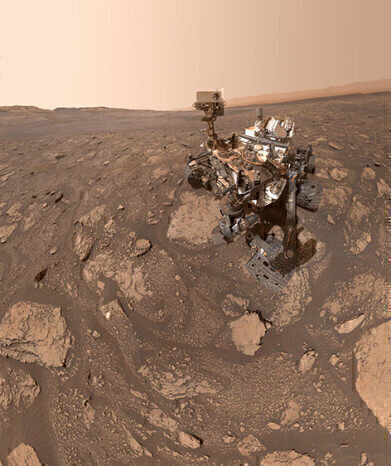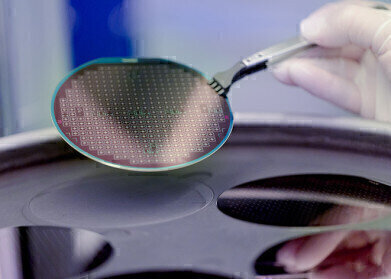Business News
A decade of precise measurements on Mars
Nov 15 2022
10 years of achieving precise measurement data anywhere is a major achievement, but to do that on the surface of another planet, 140 million miles away is an incredible feat! However, that is precisely what has happened; NASA’s Mars Science Laboratory (MSL) ‘Curiosity’ arrived on Mars in 2012 and has continuously collected accurate environmental measurements that have been used by scientists across the globe ever since.
Several mechanical components on Curiosity are showing signs of wear because of the harsh environmental conditions on Mars however, the measurement sensors are still in fine working order and continue to provide unique data, surpassing the planned two-year mission objective significantly. Humidity and pressure are particularly important parameters that are measured by sensors provided by the Finnish Meteorological Institute (FMI), using Vaisala’s measurement technology.
Mars is a very dusty and cold planet, with an extremely thin atmosphere. Temperature averages are in the region of −63 °C, with daytime surface temperatures reaching as high as 35 °C. Martian research allows us to better understand the how Earth has evolved and our possible, future changes. These measurements may answer key questions like if Mars and Earth were both wet and warm billions of years ago, why are these planets so different today?
The mobile Curiosity acts as a weather station across multiple locations on Mars; NASA’s latest Mars rover, Perseverance, is also travelling across Mars, taking measurements using Vaisala’s technology. Curiosity and Perseverance operate approximately2,000 km apart, the two MTLs are creating foundations for a Martian atmospheric observation network, which will help predict weather on Mars and gain a better understanding of the planet’s climate.
It would be hard to envisage tougher conditions than those encountered by the sensors on NASA’s rovers, both during the flight and on the surface of Mars. Not only must they endure vast variations in temperature and pressure, these sensors have to be able of operate in thick dust and extreme vibration levels.
The sensor technologies used on Curiosity and Perseverance are the same as those being used day to day in almost every industry back on Planet Earth, apart from a minor modification to the pressure sensor, carried out by Vaisala, to accommodate the extremely low ranges one would experience on Mars.
Digital Edition
AET 28.2 April/May 2024
May 2024
Business News - Teledyne Marine expands with the acquisition of Valeport - Signal partners with gas analysis experts in Korea Air Monitoring - Continuous Fine Particulate Emission Monitor...
View all digital editions
Events
Jul 30 2024 Jakarta, Indonesia
China Energy Summit & Exhibition
Jul 31 2024 Beijing, China
2024 Beijing International Coal & Mining Exhibition
Aug 07 2024 Beijing, China
IWA World Water Congress & Exhibition
Aug 11 2024 Toronto, Canada
Aug 25 2024 Stockholm, Sweden and online











.jpg)








